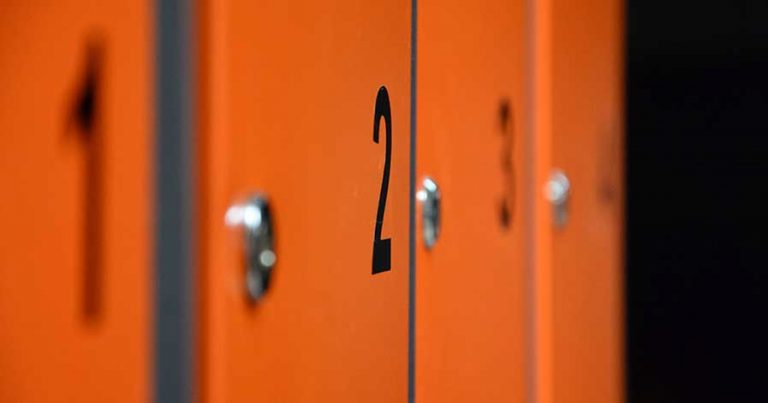Using a Storage Unit for Moving
Streamline Your Move
If you’re trying to sell your home, the first step is always a good clean! Beyond that, your real estate agent may suggest decluttering your belongings or getting your home staged professionally. Fewer personal items and pieces of furniture can make your space look bigger and more attractive to prospective buyers. While you are selling, before moving to your new home, self-storage is a great option. You can declutter your home for prospective buyers, and also start the packing process early. When you move, you can do so at your own pace and get items from storage as you need them or on multiple trips.
Choosing a Self-Storage Unit
If you’re storing items for moving, you’re likely only going to store them for a short time, so make sure you rent a unit that lets you pay monthly and leave at any time.
You’ll want to pick a self-storage facility with adequate security. Ask about cameras, access, lighting and security personnel. A self-serve 24-hour facility will provide you with the easiest access to your belongings, but a facility that is closed at night may be more secure. Get a good lock for your unit – we recommend buying your own rather than buying one from the facility.
There may be different size units to choose from. A larger unit will make it easier to move around; this is the best option if you plan to visit multiple times and load items in and out. A smaller unit will be less expensive and will force you to declutter more to ensure it all fits.
Most self-storage units are not climate-controlled. Keep this in mind if you are storing valuables or temperature-sensitive items, like electronics or furs. If you are storing these items for a longer period, ask for a climate-controlled unit.
Tips for Self-Storage Packing
Self-storage is perfect for seasonal and infrequently used items. Don’t store necessities that you will need while you are selling or immediately after moving. You also shouldn’t store any perishable or food items, unless you are getting a refrigerated storage unit.
Ensure items you’ll need sooner are in the front of the unit so you can access them easily.
In case of potential flooding, all items should either be on pallets (which you can often find for free outside warehouses) or in plastic storage bins.

